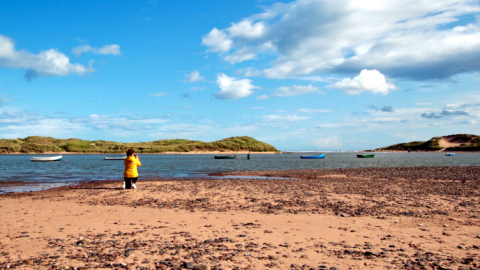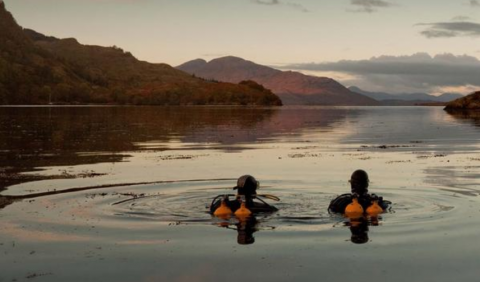Coasts and seas for human health
Headline facts
Scotland’s seas are important for human physical and mental health.

Food from the sea is nutritious, containing specific essential fatty acids that are beneficial to human health.
A range of compounds have been isolated from marine creatures that have anti-cancer and anti-inflammatory properties, some of which are now used in the treatment of diseases.
People value the marine environment for leisure and recreation, providing a low-cost way to get outdoors, keep fit, look after mental health and entertain children.
Marine Scotland (2020)

The Scottish marine economy, including oil and gas extraction, generated £14.7 billion GVA, accounting for 11% of the overall Scottish GVA.
Scottish Government (2020)
The long-term trend from 2008 to 2017 showed marine tourism GVA increased by 28% and employment by 16%.
People who live near to or visit the coast and sea are more likely to be active and happy.
Gascon, Zijlema, Vert, White, & Nieuwenhuijsen (2017)

Nutritious food
The fatty acid composition of marine lipids (Figures 1 and 2), be it as a component of the fish and shellfish eaten or as encapsulated fish oils consumed directly, is more complex than those found in many terrestrial plants and animals (McGill & Moffat, 1992). The carbon chain is generally formed of 14 to 24 carbon atoms and the carbon chain may be saturated or unsaturated. The variability is associated with:
- Fatty acid chain lengths from 14 carbons to 24 carbon atoms with an even carbon chain length predominance
- The degree of unsaturation ranging from saturated (no carbon-carbon double bonds) to highly unsaturated molecules containing five or six carbon-carbon double bonds as exemplified by all-cis-4,7,10,13,16,19-docosahexaenoic acid (DHA, 22:6(n-3))
- The presence of minor amounts of odd chain length and branched fatty acids
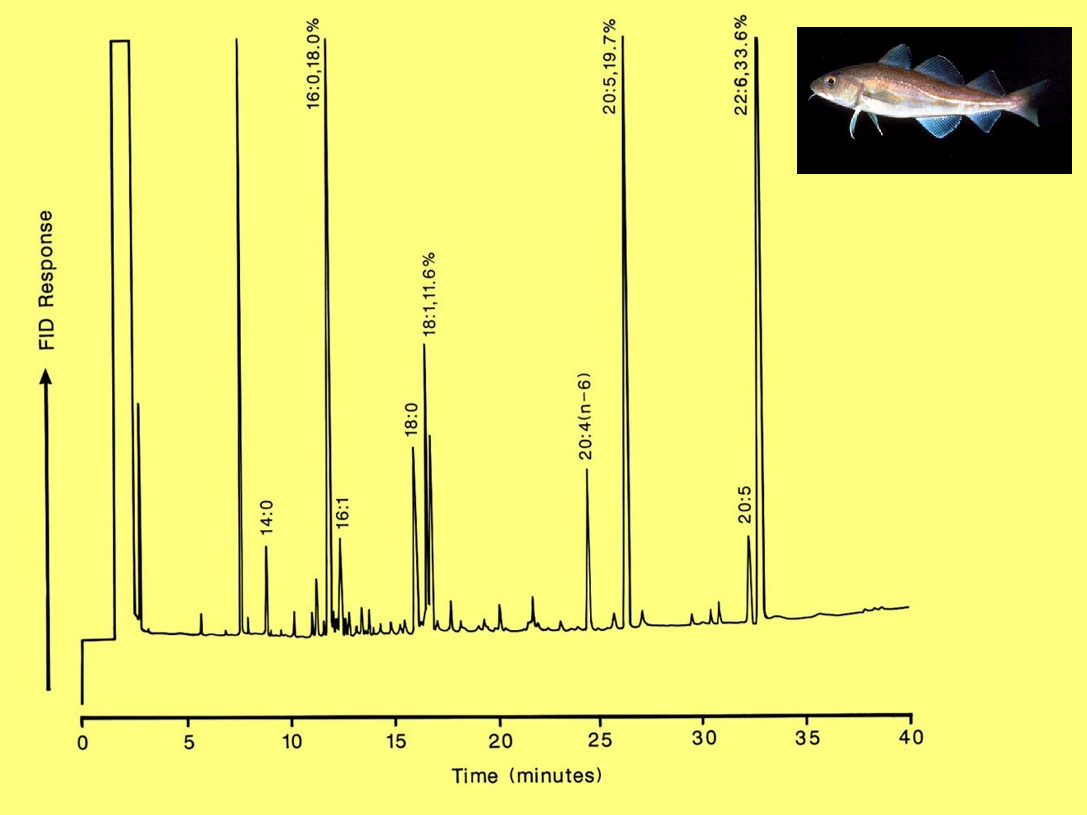
Figure 1: Analysis of the fatty acids from Atlantic cod (Gadus morhua) white muscle by gas chromatography with flame ionisation detection (GC-FID) shows that the muscle lipids contain the essential fatty acids all-cis-5,8,11,14,17-eicosapentaenoic acid (EPA, 20:5(n-3)) and all-cis- 4,7,10,13,16,19-docosahexaenoic acid (DHA, 20:6(n-3)). In this example the proportion of EPA is 19.7% and of DHA is 33.6%. However, the amount of lipid in the muscle is about 2% with most of it being structural lipids. In contrast, the liver from Atlantic cod can contain up to 75% oil. Cod liver oil is a good source of vitamins A, D and E as well as containing both EPA and DHA. Typically, EPA and DHA comprise 7 – 12 % and 7 – 9 % respectively of the fatty acids. Inset: Atlantic cod (Gadus morhua). Abbreviations of the style X:Y are used to name specific fatty acids where X is the number of carbon atoms in the fatty acid chain and Y is the number of carbon-carbon double bonds in the molecule.

Figure 2: GC-FID chromatogram of the fatty acids from a fish body oil that has been enriched, specifically with respect to EPA (20:5(n-3)), but DHA (22:6(n-3)) is also enriched when compared to e.g. Atlantic cod liver oil. PUFA: polyunsaturated fatty acids; Sat, saturated (contains no carbon-carbon double bonds); Mono to Hex, number of carbon-carbon double bonds per fatty acid going from one to six. Abbreviations of the style X:Y are used to name specific fatty acids where X is the number of carbon atoms in the fatty acid chain and Y is the number of carbon-carbon double bonds in the molecule.
It is not unusual to be able to identify over 40 fatty acids in a sample of fish lipid, the number depending, to an extent, on the thoroughness of the analysis. Any data on the fatty acid composition of fish and fish oils, and thus their relevance to the diet, should take account of the recognised variations in the natural composition within species as a result of season, sex and geographic location.
Deep-sea fish, such as those caught on the shelf edge to the west of Scotland, are subject to increasing utilisation. Such fish tend to be slower growing and longer lived than fish living in the North Sea or other shallower waters around the UK. The liver of the roundnose grenadier (Coryphaenoides rupestris; Figure 3) is lipid rich, the lipid comprising essentially of triacylglycerols. The fatty acid composition is dominated (~ 60%) by monoenoic acids including hexadecenoic acid (16:1), octadecenoic acid (18:1), eicosenoic acid (20:1) and docosenoic acid (22:1). The oil from another deep water fish, orange roughy (Hoplestethus atlanticus),comprises essentially wax esters. Wax esters are found in other plants and animals as well as the microbiological community. They have a variety of functions, such as acting as energy stores, waterproofing and echo-location (Moffat, 2009). The implications for health from this variety of fatty acids has focused, as highlighted earlier, on the n-3 fatty acids, including EPA and DHA. These fatty acids are regarded as being beneficial throughout life, even during development in utero where EPA and DHA are important for neuronal, retinal, and immune function development. However, they are essential fatty acids and must be obtained through the diet. Inclusion of oily fish such as mackerel, herring, salmon, sardines or tuna, in the diet will provide both EPA and DHA; ethyl esters of the n-3 fatty acids are also available as supplements and are currently in clinical use (Blasiak et al., 2020).
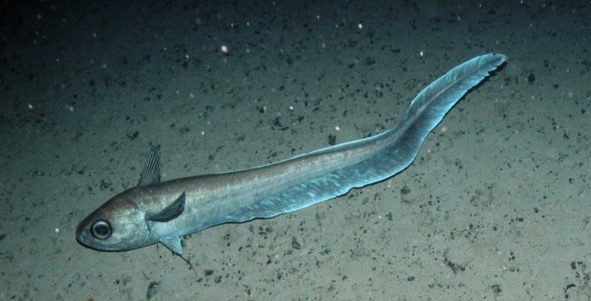
An opportunity for discovery
Ocean genome
The ensemble of genetic material present in all marine biodiversity, including both the physical genes and the information they encode.
Blasiak et al., 2020a.
Sessile organisms lack the ability of self-locomotion and are predominantly immobile. They must be able to protect themselves from predation using a method that does not depend on being able to move. This can involve producing anti-biofilm agents such as the brominated furanones produced by the red alga Delisea pulchra, the structures of which were published in 1993 (de Nys et al., 1993). The natural furanones, a group of compounds based on a five membered ring which includes 4 carbon atoms and an oxygen atom, disable bacteria’s ability to colonise, thereby preventing the formation of the biofilm. Synthetic furanones can be used to prevent the build-up of biofilms on inanimate objects such as pipes and ship hulls. More recently, synthetic versions of the natural furanones have been found to be effective against the production of biofilms by Salmonella (Janssens et al., 2008). The sessile organisms also protect themselves using other biochemical defence mechanisms. The chemicals are often structurally unique, with no counterparts in terrestrial organisms. It has been shown in the recent past that marine invertebrates produce more antibiotic, anti-cancer, and anti-inflammatory substances than any group of terrestrial organisms. Currently, there is extensive preclinical pharmacological research on the antibacterial, antifungal, antiprotozoal, antituberculosis, antiviral, and anthelmintic activities of marine natural products (Mayer et al., 2019). A range of organisms have been investigated with respect to whether or not they contain pharmacologically active compounds (Figure 4).
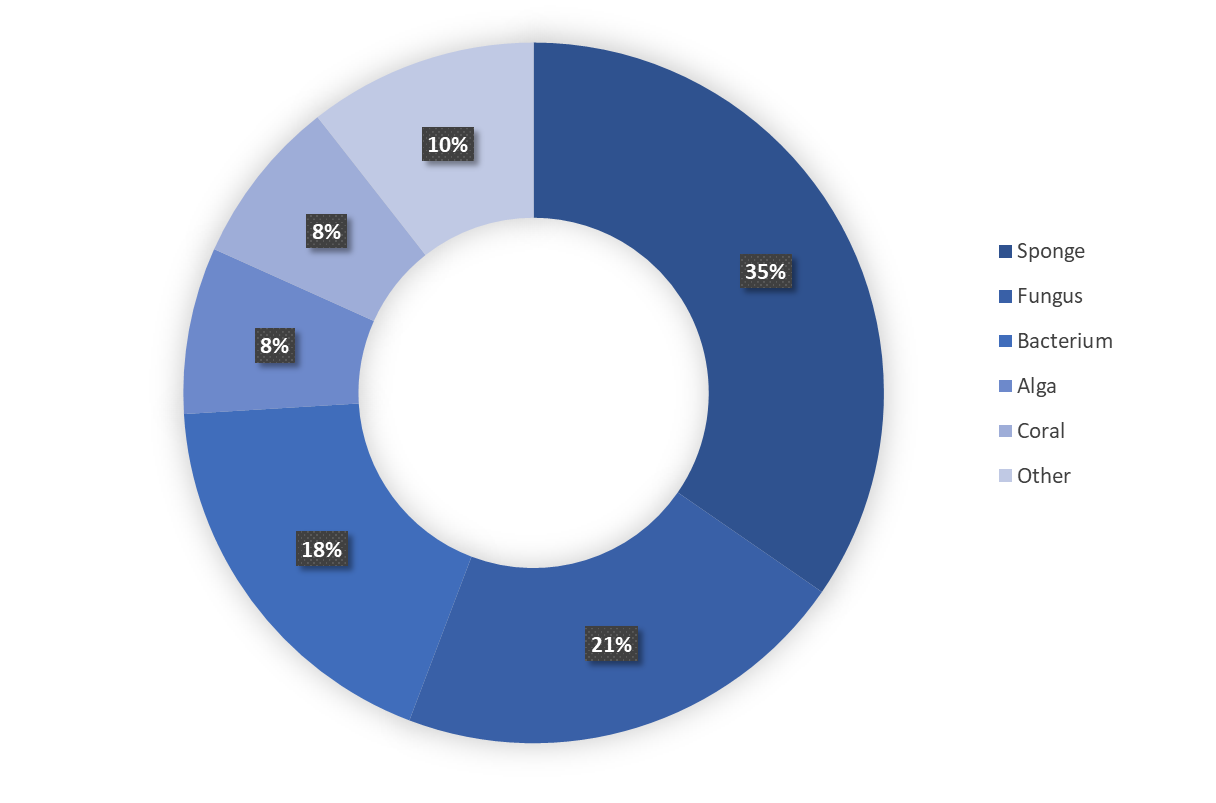
Figure 4: Division of organisms reported in Mayer et al. (2019) from which marine compounds with antibacterial, antifungal, antiprotozoal, antituberculosis, antiviral, and anthelmintic activities are being studied. Other includes: sea snake, fish, ascidian, sea cucumber, dinoflagellate, nudibranch, mangrove, cyanobacterium and gorgonian.
Sponges, members of the phylum Porifera, are amongst the most common marine organisms to be studied (Figure 4). It should be noted that although a chemical might be isolated from, for example, a tunicate such as Ecteinascidia turbinate (Table 1), the actual chemical, in this case ecteinascidin, is produced by the bacterial symbiont Candidatus Endoecteinascidia frumentensis (Le et al., 2015). Scotland’s deep sea comprises the Faroe-Shetland Channel to the north of the Scottish mainland and the Rockall Trough and Hatton-Rockall Basin to the far west, covering an area four times bigger than the land mass of Scotland and reaching depths in excess of 2,000 m. Deep-sea sponge aggregations (Figure 5) are a feature of Scotland’s deep sea. The aggregations are principally composed of glass sponges (Hexactinellida) and giant sponges (Demospongiae), the latter sponges being a source of discodermolides which are inhibitors of tumour growth. These greatly increase habitat complexity that supports diverse biological communities (see Case study: Deep sea vulnerable marine ecosystems). To date pharmacologically active compounds have not been isolated from the sponges within the waters to the west of Scotland.
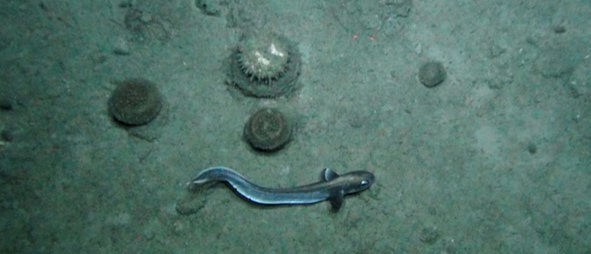
Figure 5: Sponges (and a roundnose grenadier) at Rosemary Bank, located to the north-east of the Rockall Trough, in the deep waters off western Scotland.
There are a number of drugs extracted from marine organisms that are currently in clinical use (Table 1). The disease area that many of these cover is cancer while ziconotide, trade name Prialt®, is a potent pain-killer used to treat severe chronic pain (Table 1). Although marine species are a good source of these compounds to provide the required quantity to treat the various conditions, there is a need for a synthetic process to be developed.
|
Compound
(Trade name)
|
Original source
(Current source)
|
Disease area
|
|
Eribulin Mesylate
(Halaven®)
|
Halichondria okadai (sponge)
(Derivative synthesised1)
|
Anti-cancer agent
· metastatic breast cancer
· liposarcoma
|
|
Cytarabine
(Cytosar-U®)
|
Cryptotethya crypta (sponge)
(Now synthesised)
|
Anti-cancer agent
· leukaemia
· non-Hodgkin’s lymphoma
|
|
Vidarabine
(Vira-A®)
|
Cryptotethya crypta (sponge)
(Now synthesised)
|
Anti-viral agent for Herpes simplex virus
|
|
Plitidepsin
(Aplidin®)
|
Aplidium albicans (tunicate)
(Now synthesised)
|
Anti-cancer agent
· multiple myeloma
· leukaemia
· lymphoma
|
|
Ecteinascidin or Trabectidin
(Yondelis®)
|
Ecteinascidia turbinata (sea squirt)
(Semi-synthesis)
|
Anti-cancer agent
· advanced soft tissue sarcoma
· ovarian cancer that has come back
|
|
Brentuximab vedotin
(Adcetris®)
|
Dolabella auricularia (sea slug)
(Now a derivative attached to an antibody)
|
Anti-cancer agent
· Hodgkin's lymphoma
· anaplastic large cell lymphoma
|
|
Ziconotide
(Prialt®)
|
Conus magnus (cone snail)
(Ziconotide is a synthetic equivalent of the natural compound)
|
Potent pain-killer used to treat severe chronic pain
|
As more is discovered about the compounds from the ocean which have the potential to treat a range of disease states, it is increasingly evident that this provides a further reason for protecting the ocean and marine biodiversity, including the marine genetic diversity.
Health and welfare

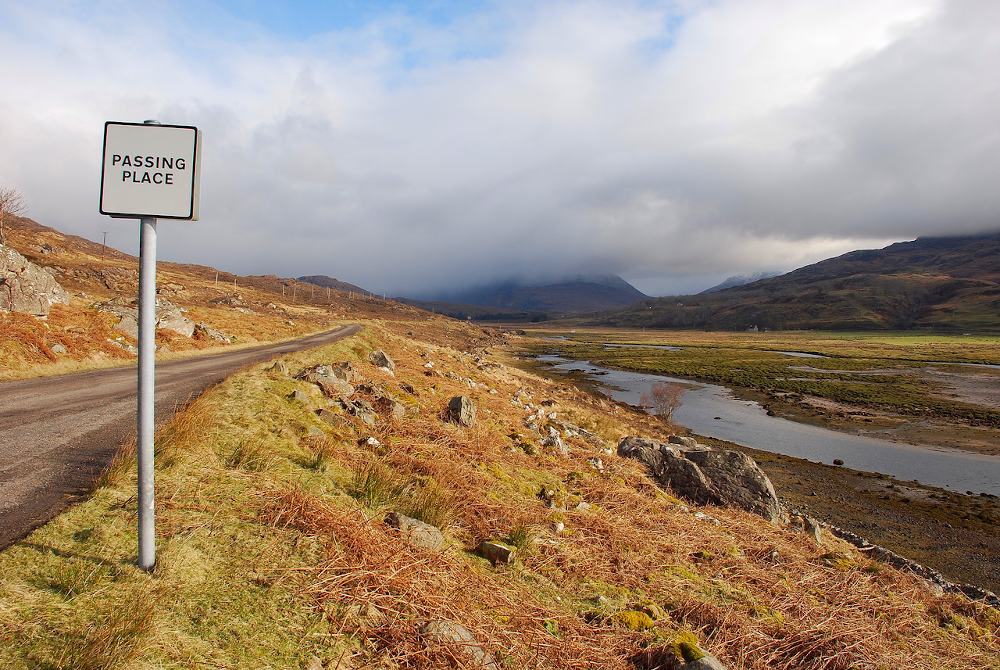
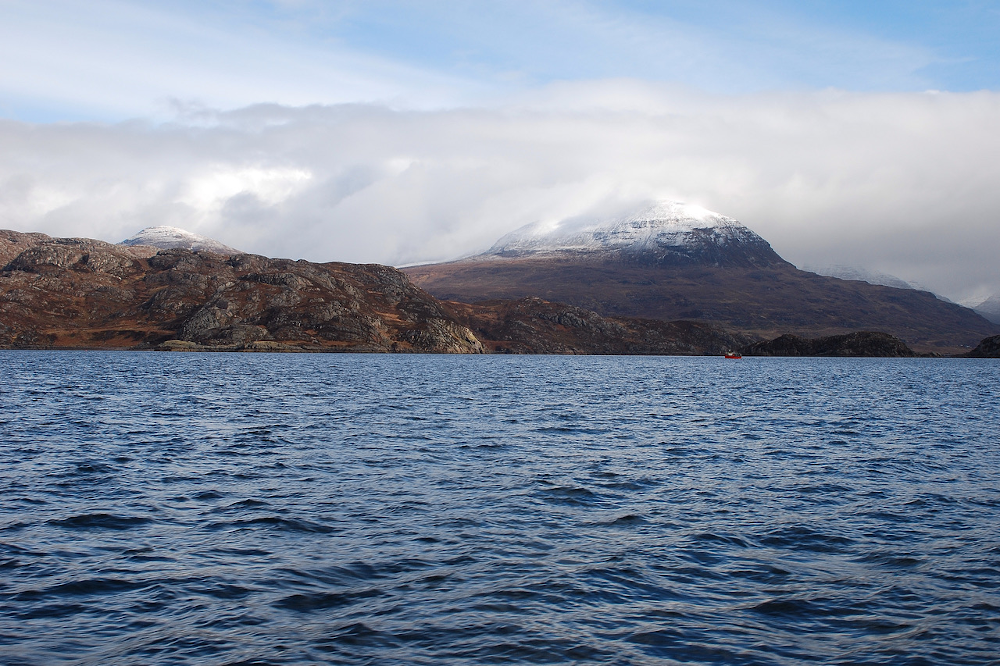
The draw of the sea has been realised for a very long time, as have the health benefits of living beside the sea. However, in more recent times, various studies have begun to evaluate these benefits. The term ‘Blue health’ is being used more regularly as well as being the title of a major pan-European research initiative investigating the links between urban blue spaces, climate and health (https://bluehealth2020.eu/). Gascon et al. (2017) reviewed human health and wellbeing in relation to outdoor blue spaces and found that, across 35 articles, there was consistent evidence of positive associations between blue space exposure and mental health and physical activity (Figure 8). Using the Health Survey for England, some 25,963 subjects were surveyed. The conclusion was that, for urban adults, coastal settings may help to reduce health inequalities. A major European project, Seas, Oceans and Public Health in Europe (SOPHIE), is underway. This project will bring together and evaluate information to help policy and decision-makers optimize the benefits of access to and enjoyment of marine and coastal environments.
Blue health
Benefits to human physical and mental health and well-being through interaction with coastal and marine environments, and land-based natural environments which incorporate water.
https://sophie2020.eu/strategic-research-agenda/target-area-2/ (accessed 20 Nov 2020).



